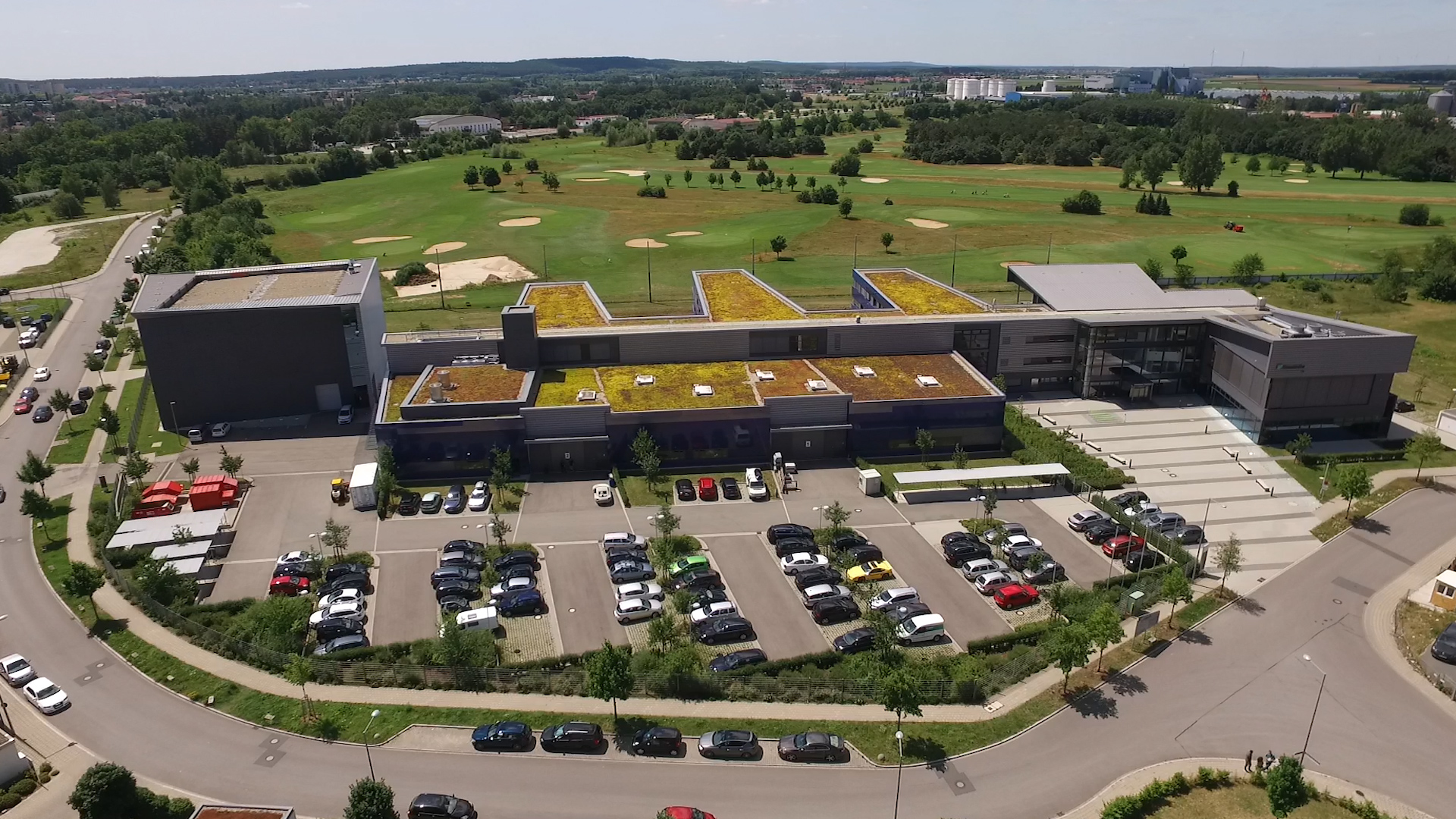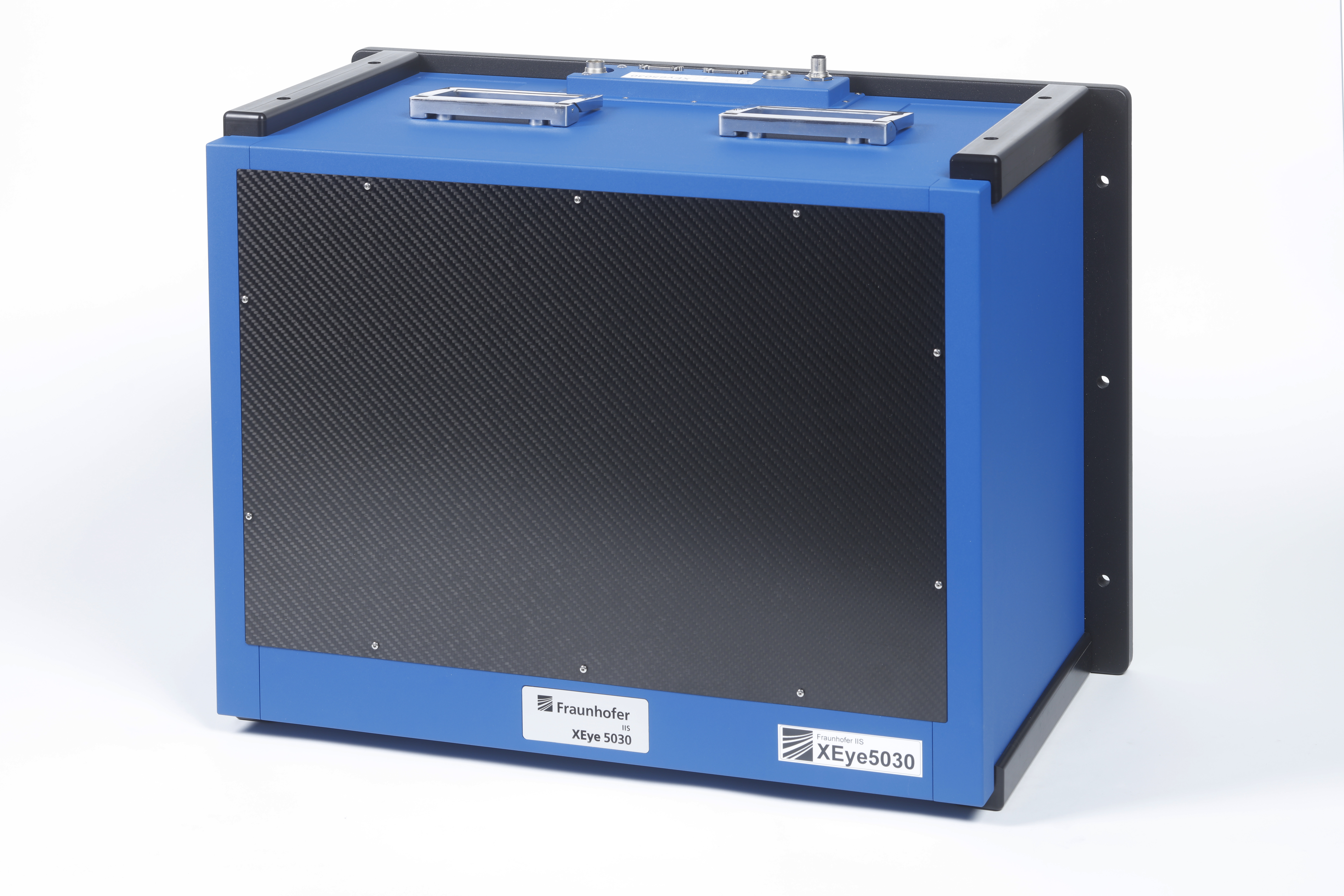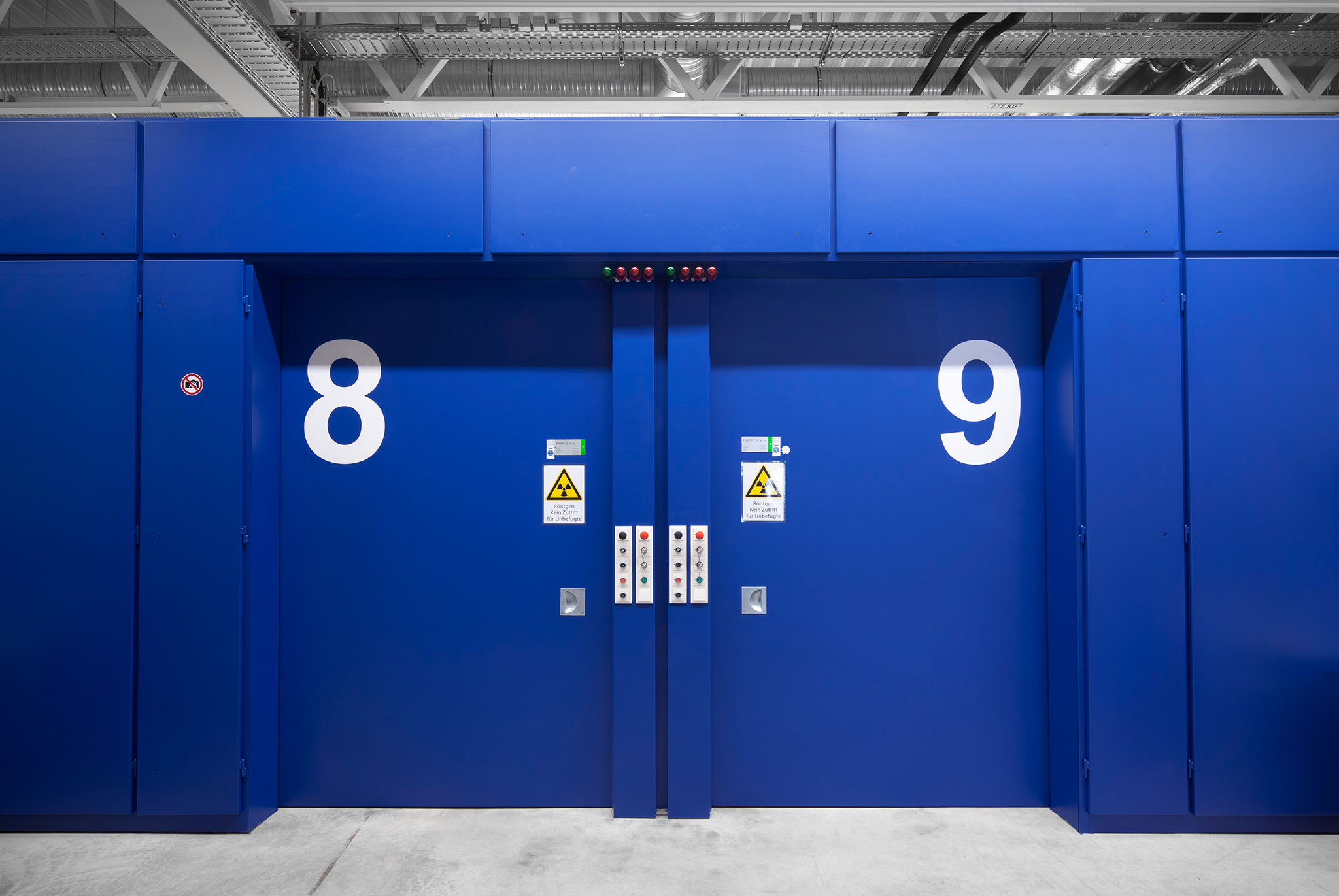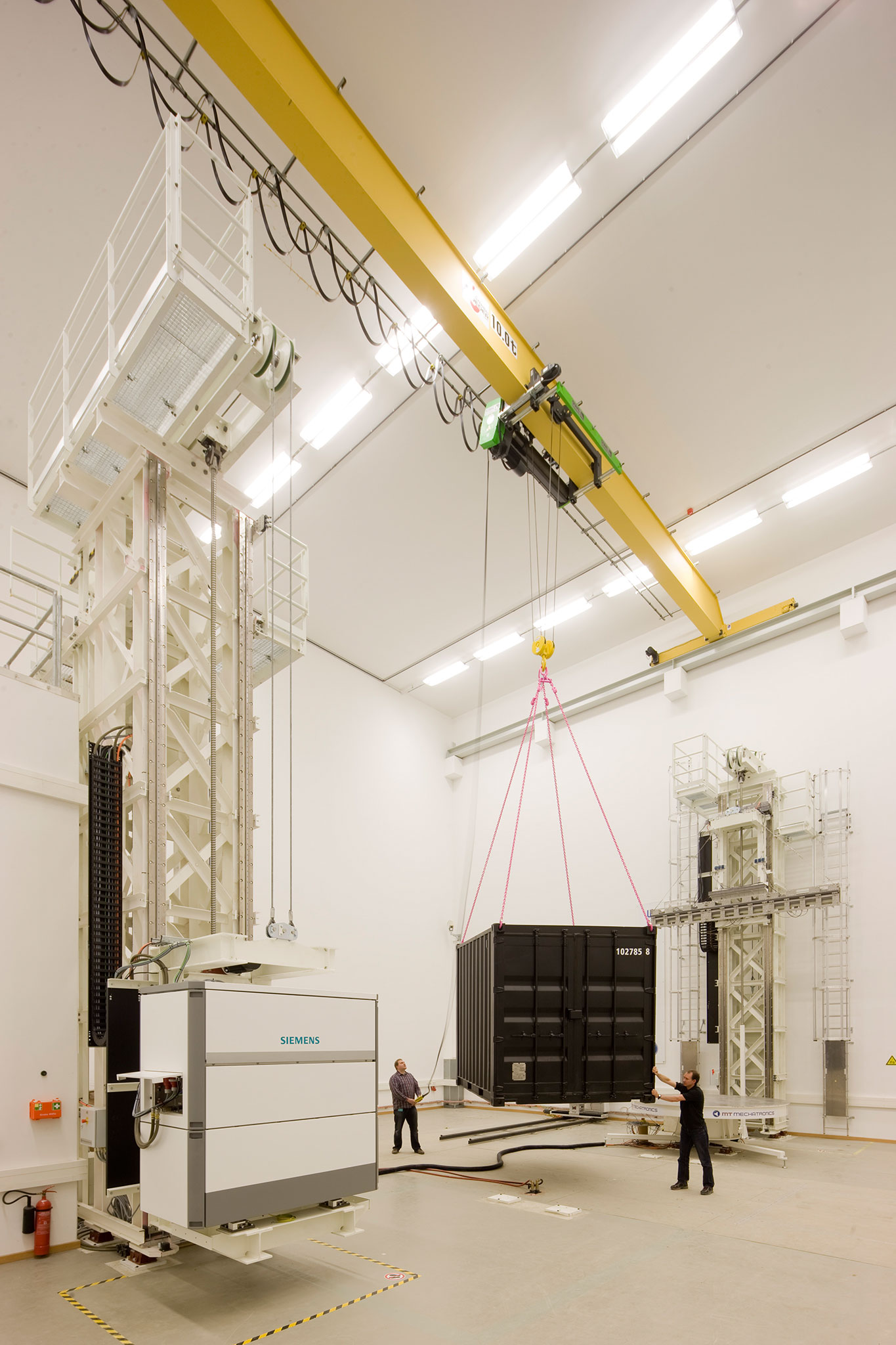Fürth is where the Application-specific Methods and Systems, Production Monitoring and Contactless Test and Measurement Systems departments work closely together to carry out Fraunhofer EZRT’s research and development activities. With our unique expertise in the field of nondestructive testing, we can find the right solution for almost any problem.
In addition to excellent specialist knowledge, the Fürth office also has state-of-the-art technical equipment. Our researchers have access to numerous X-ray systems for various applications. Not only that, the Development Center X-ray Technology EZRT features Europe’s only test hall in which entire vehicles can be scanned.






